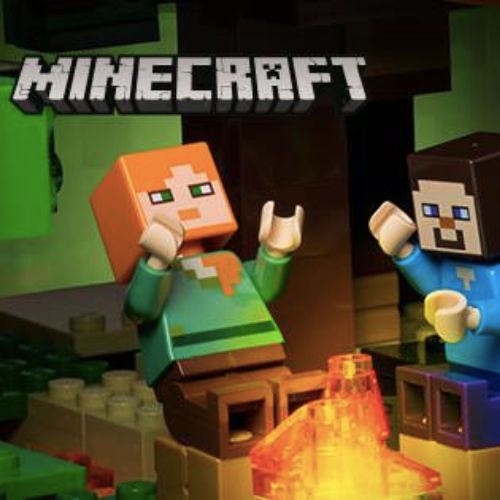
What is Lego?
Lego is a building toy that came into popularity in the 1940s. It is made up of interlocking plastic bricks that can be assembled to create models of objects, figures, and scenes. Legos can help children learn about math, engineering, and architecture. They also provide an outlet for creative expression. Adults can use Lego to build models of houses, planes, or other objects.
How Does Lego Inspire Creativity and Learning?
Lego inspires creativity and learning by providing a fun, creative alternative to traditional building toys.
Traditional building toys are often geared towards older children and can be difficult for toddlers to manage. Lego is designed with this age group in mind, and is simple enough for younger children to build without help. Additionally, LEGO pieces are compatible with each other, so kids can create endless combinations of models. This encourages creativity and problem-solving skills.
Another benefit of Lego is that it helps young minds develop spatial awareness. By assembling models in 3-D, kids learn to see objects from different angles and understand how they interact with one another. This skill is essential for future success in school and the workplace.
In addition to its benefits as a toy, Lego also has educational value. A study published in the Journal of Experimental Child Psychology found that playing with Lego blocks increases preschoolers' understanding of cause and effect. The study participants were able to identify which blocks were needed to make a certain model after having played with the blocks only once or twice. This demonstrated their ability to integrate new information into their existing knowledge base.
Lego provides an engaging, creative experience that helps youngsters develop critical thinking skills and spatial awareness. It’s no wonder parents across the globe continue to recommend it as a top toy choice for their children!
Why is Lego So Popular with Children?
Lego is one of the most popular children's toys in the world. It is easy to see why: Lego bricks are colorful, sturdy, and versatile. They can be combined in many ways to create unique structures and scenes.
Lego also inspires creativity and learning. Children who play with Lego often find new ways to make their creations work. They learn how to problem solve and explore their imagination. This type of activity is essential for cognitive development and future success.
Parents love that Lego encourages creative thinking in their children. It can be difficult to get children interested in traditional activities such as reading or math, but Lego offers a variety of imaginative possibilities that keep them entertained and learning at the same time.
How to Use Lego in Your Home
For years, Lego have been a favorite toy for children of all ages. Families can use Lego to stimulate creativity and learning in their toddlers, preschoolers, and elementary school-aged children. Here are some tips on how to get the most out of your LEGO collection:
1. Build complex structures with multiple parts. This will help your child develop his or her fine motor skills as they work together to build the structure.
2. Use LEGOs as tools for learning how to solve problems. This is a great way to encourage problem solving and critical thinking skills in your child. Have them build something using just one piece, then have them try to make it even more complicated by adding more pieces.
3. Let your child experiment with different colors, shapes, and themes. This will help inspire imaginative play and foster creativity in your child.
4. Get creative yourself and build using LEGOs as inspiration! There are endless possibilities for interesting Lego builds that you can create with your own two hands.
Conclusion
One of the things that I love most about being a teacher is watching children's creativity and learning blossom. With so many different Lego sets to choose from, it's no wonder that kids are constantly exploring and creating with them. From toddlers who are learning how to construct basic shapes, to pre-teens who are figuring out how to create more complex structures, Lego sets have a wellspring of potential for motivating children in their development as thinkers and creators. As we move into the teenage years, Lego sets can also help teens learn critical thinking skills and develop problem-solving abilities. There really is something for everyone when it comes to using Lego sets as tools for creativity and learning!



